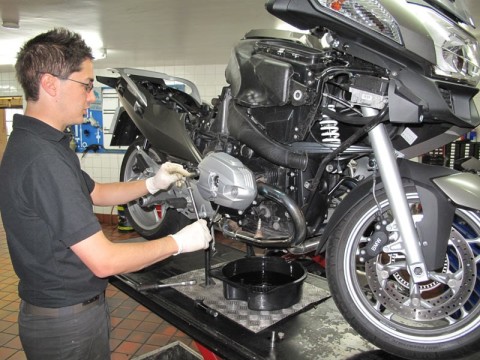Even the most advanced of vehicles will suffer malfunctions from time to time. Whether this refers to a flat tyre, an electrical problem or an issue with the engine, such situations are anything but predictable. However, encountering this event while riding a motorcycle can be even more worrying. Not only may help be kilometres away, but the rider is exposed to the elements alongside any oncoming traffic. This is why choosing the correct type of motorcycle breakdown protection is so vital. Let us quickly examine some of the main variants and the benefits that each will offer the rider.
Individual Versus Vehicular Policies
Most authoritative sources will first make it a point to highlight that there are two main types of motorcycle coverage. These are referred to as:
- Vehicular coverage.
- Personal coverage.
Vehicular coverage provides protection for ONLY the motorcycle in question although multiple riders will fall under this package. However, this is generally preferred for cars and other family forms of transportation. As it is not common for a motorbike to have multiple riders, this may not be as relevant.
Personal policies are advantageous in the fact that they will provide coverage for any additional vehicles that the driver may own. Although this option may be slightly more expensive than vehicular coverage, personal plans often make more sense arising from the fact that the driver will be able to insure additional units within one discrete policy.
It is therefore normal for the owner of a motorcycle to opt for personal coverage as opposed to a vehicular plan. Let us now look at the common levels of protection that motorcycle breakdown coverage offers.
Roadside-Level Coverage
This is the most basic policy available. A mechanic will be called out to the scene of the incident to assist in any repairs. If roadside solutions are not possible, the motorbike will be taken to the nearest service station. However, any parts and labour required must be paid by the policyholder.
National Plans
This next level of protection guarantees all of the servicing amenities offered by basic roadside coverage. However, the main difference is that the rider and any occupants will also be transported to a location of their choosing. This can be a great option if lengthy repairs are needed.
“Home-Start” Packages
As the name may hint, the type of protection here is also concerned with any problems encountered at one’s home (a failure to start on a cold day, for example). This is useful for two reasons. First, any issues can be addressed without being forced to take the motorcycle to a repair centre. A second point to highlight here is that in reference to both roadside and national plans, there is normally a minimum distance from one’s home before the coverage applies. In many cases, this equates to 0.25 miles. Those who opt for home-start plans will not need to be concerned with such figures and instead, the coverage is available immediately,
Onward Travel Options
Onward travel covers emergency roadside assistance, the transportation of the vehicle to a service centre, home-based care and driving passengers to a location of their choice. A final addendum to this option is that any travel or accommodation fees are financially covered should they be required. However, keep in mind that there will normally be a cap on how much is paid out during any given incident.
Breakdown and Accident Coverage
One useful benefit that some packages offer is that both breakdowns and accidents are covered within a comprehensive policy. An example of this concept can be seen within the policies currently offered by GEM Motoring Assist. Not only is basic breakdown coverage offered, but legal fees and other accident-related considerations will be included within a single plan.
What to Look for in a Policy
Determining the most appropriate type of policy will depend upon a few important considerations. Of course, money surcharges and fees are always a concern. A handful of additional concepts to always keep in mind are:
- The terms and conditions within the policy itself.
- An ability to insure antique motorbikes (if applicable).
- The points of contact in reference to customer service.
- The number of service stations that accept a specific policy provider.
On a final note, most experts point out that the type of motorcycle, its purpose and the address of the owner are taken into account. These could affect the price of the policy as well as the types of coverage that are available. Although basic roadside plans may be sufficient, it is often wise to select more robust options such as national coverage or onward travel policies. Indeed, a bit of research can go a long way!
